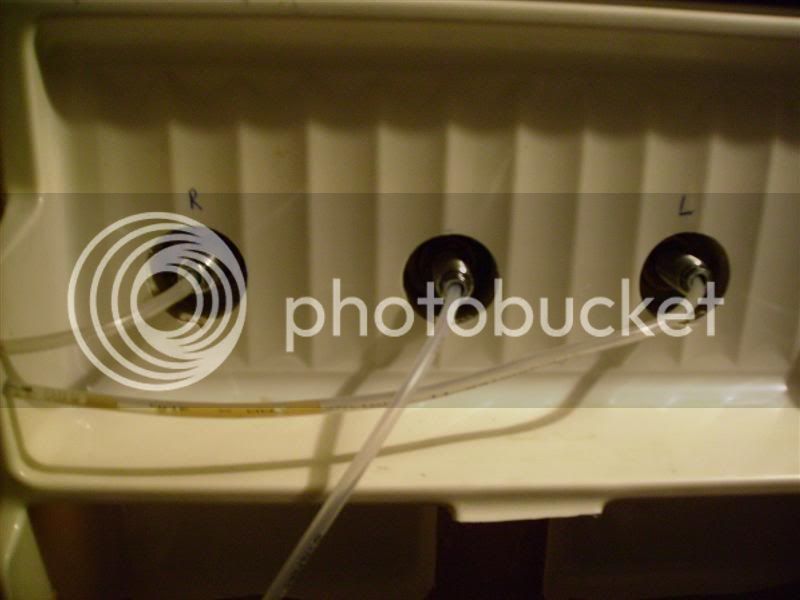Hi,
I'm about to install taps in the fridge door. She shank diameter is quite large, 1.2 cm or so. I have a timber drill bits but raven19 mentioned they are easy to damage.
http://www.aussiehomebrewer.com/forum/inde...showtopic=28560
What is the best way to drill? Go and buy special steel drill bits?
I'm about to install taps in the fridge door. She shank diameter is quite large, 1.2 cm or so. I have a timber drill bits but raven19 mentioned they are easy to damage.
http://www.aussiehomebrewer.com/forum/inde...showtopic=28560
What is the best way to drill? Go and buy special steel drill bits?





